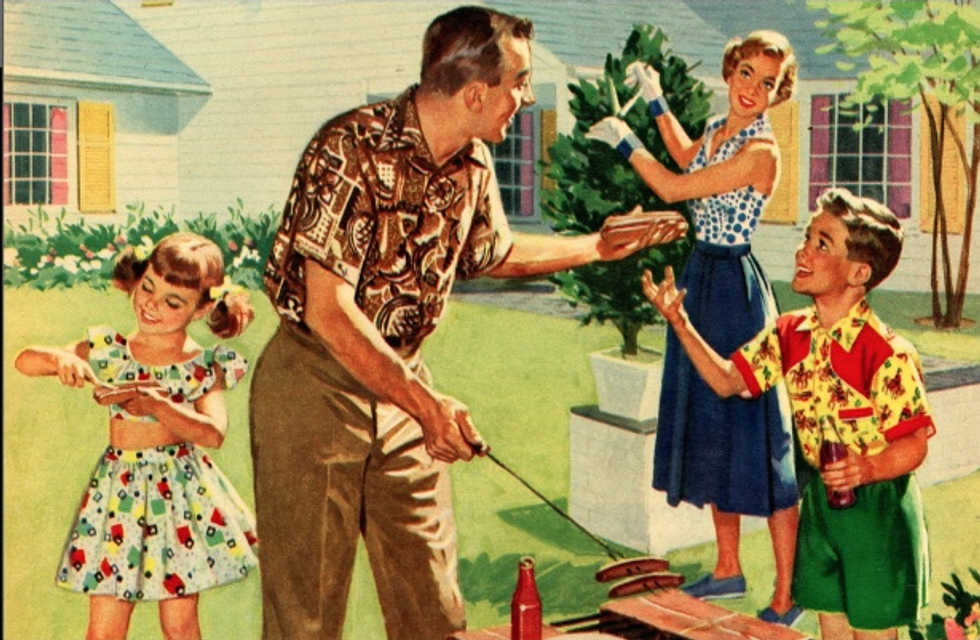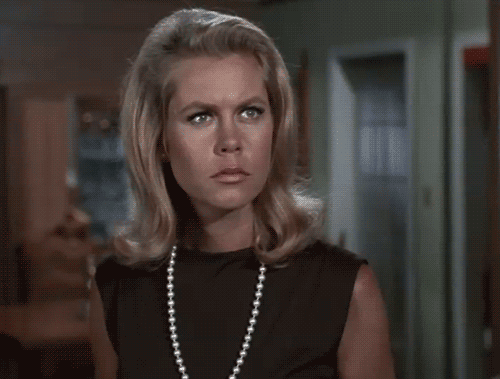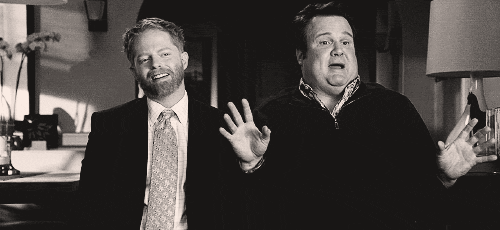Family life has been a constant theme on American television since its beginning. The creation of the nuclear family coincided with the rise of the middle class culture in the mid-20th century and the invention of the television. All these factors affected how families were depicted in early television shows.
Before about 1940, family was a term used to describe an economic unit. James Uhlman, a social-cultural historian of 19th and 20th century America and professor at the University of Dayton, says that someone from that time wouldn’t recognize the family we have today.
The “nuclear family” is a relatively new concept that arose after WWII. Husbands and fathers no longer needed women and children to work. This is when families began to be seen as a sentimental and biological bond instead of economic one. Uhlman states that this changing family model transformed “children into sentimental objects and women became trophies.”
Women had been steadily progressing into the public sphere since the late 1800s, but were set back after WWII. This is when the government began sponsoring and encouraging this idea of the nuclear family, subsidizing suburban housing, and increasing the male wage to encourage women to stay home.
Television also incidentally arrived in the American world at this same time. Television shows like “Leave It To Beaver” depicted this nuclear, middle class family ideal. All the main characters are white, living in a suburban middle class home. Each episode’s problems are solved by the end, and family values are re-enforced. This show is an example of the way media thought the family “should” behave: working father, stay at home mother, and decently well behaved kids.
The reality of life for Americans families during this time was much different. Uhlman mentions that the rise of the middle class helped create the new understanding of the family. The keyword here is new: not many families had reached this ideal by the 50s, but the shows were used to depict how good life could be.
Andrea Press, in her article “Gender and Family in Television’s Golden Age and Beyond,” agrees that the ideal family shown in television in the 50s and parts of the 60s was just that, an ideal. Press quotes Tasha Oren, from her article on real life and ideal life in 1950s comedy, saying that television worked to create “a mainstream through which notions of proper behavior and a desirable lifestyle were presented.” The media and television presumed that there was a unified American majority identity: white suburban Christians.
Uhlman argues that even during the 60s, shows began to portray women differently. Betty Freidan published “The Feminine Mystique” in the mid-60s, and this created a push back on the traditional power dynamic in the family that was represented in television. Uhlman sees the shows from the mid-60s as “cracking” the nuclear family that had been portrayed. Samantha, from the popular show "Bewitched" in the 60s, is a witch and arguably has more power in the family dynamic because of that, even though Samantha remains at home and her husband Darrin provides the income. They also begin the show without children, giving Samantha the freedom to do as she likes during the day.
Press agrees with the idea that women’s roles on television shows began to alter as second wave feminism started up. She argues that by the 1970s, women and family’s roles in television began to see more variety and become more prominent. Shows like the Brady Bunch feature two divorcees with children from their previous marriage joining up as a family. Divorce is something, Uhlman points out, that would never have been discussed or depicted on earlier shows.
Now and since the 1970s, the nuclear idea of a family has changed even more. Uhlman believes that this change doesn’t come from us desiring change or progressing, but the idea of family changes throughout time because it has to. Economic, cultural, and other forces affect people’s lives and in turn affect the family. The American public has seen an even greater shift in the families depicted on television, including more variety in race, gender, sexuality, and types of families.
Alicia Linzmeier, a junior Political Science and Criminal Justice major at the University of Dayton, mentions that she watches shows that often don’t focus on the nuclear family. She tends to watch crime shows that develop the station or crime unit as a family. This is another example of how the modern American family is changing; families now are shifting to not represent a biological unit but an emotional one. Some students begin to see their roommates and even the entire UD community as their family.
Although it’s obvious that the idea of the American family is changing, in reality and on television, Ulhman warns to be careful about drawing conclusions. There is the idea that television is influencing our families or that families change and influence what’s on television. Uhlman thinks it goes both ways, it’s a type of “reciprocity.”
Uhlman believes “something resonates with people” that makes them want to keep watching certain types of shows and that viewership encourages producers to keep up with that interest. Nathan Noga, a second-year Theology graduate student at the University of Dayton, agrees that the media relies on what is popular, but what is popular frequently goes out of style.
Linzmeier also believes that television and media still don’t represent the reality of the diversity of American life. In reality, the nuclear family is changing, but often the families on television are still the typical mom and dad with kids. Even divorced couples still fit the nuclear ideal, with remarriage or seeking out new relationships. For women, this relationship focus is especially hard to shake. They are often expected to be seeking out Mr. Right while single, instead of focusing on their career, friends, or even raising kids.
Shows like “Modern Family” have been praised in in the media, especially in Spencer Kornhaber’s article “The Modern Family Effect” for depicting a same-sex couple, Cam and Mitch. Kornhaber relates this representation to the increasing support for same-sex marriage in America. He also mentions that this shift could be credited to more and more homosexuals coming out, and people realizing they know someone who is gay personally. Even if they don’t have someone close by to change their mind, shows that depict same sex couples can help people feel as if they know them personally.
The rise in support for same-sex-marriage is moving faster than any other public opinion on an issue. A Gallup poll that spans from 1996 to 2015 shows the up and downs in public opinion on same-sex marriage. In ’96, only 27 percent of those who responded thought that same-sex marriage should be valid under the law with the same rights as traditional marriage. Now that number is at 60 percent and growing. This may seem like a normal growth, but compared to other issues like abortion, this jump in opinion is huge. Opinions on abortion have remained split down the middle with only about a 10 percent change in opinion, either way, over the same number of years.
Although Cam and Mitch have become a beloved same-sex couple, the way the show depicts them has been criticized for being too safe. Kornhaber argues that Cam and Mitch “have been about as tame as anyone could ask—in contrast to the straight couples they hang out with, they rarely touch, never talk about sex, and make a big deal over kissing in public.” Nathan Noga agrees, saying, “The media looks at what’s going on in the culture but is careful not to go too far.”
Only very recently has the American public seen shows that push the limits of sexuality and representation. Shows like “Orange is the New Black” show a variety of characters, with different skin tones, backgrounds, and sexualities. Arguably, the women in the show create their own type of family within prison—a depiction of prison life as a community that is often overlooked.
Family is a term that has been and will continue to be reinterpreted and redefined as Americans and people all over the world alter their perceptions of what makes up a family. Uhlman struggled to define family because “there is not one answer.” Words and concepts mean different things to different people. The family has gone from an economic unit that included apprentices and servants to a relationship and dynamic between almost any group imaginable. No matter where you are or who you are with, family is where you belong.










 Energetic dance performance under the spotlight.
Energetic dance performance under the spotlight. Taylor Swift in a purple coat, captivating the crowd on stage.
Taylor Swift in a purple coat, captivating the crowd on stage. Taylor Swift shines on stage in a sparkling outfit and boots.
Taylor Swift shines on stage in a sparkling outfit and boots. Taylor Swift and Phoebe Bridgers sharing a joyful duet on stage.
Taylor Swift and Phoebe Bridgers sharing a joyful duet on stage.













